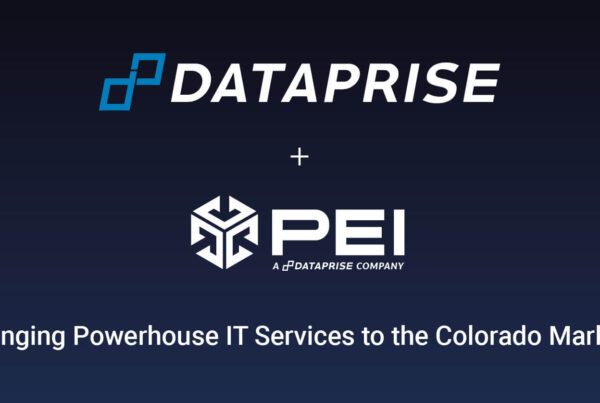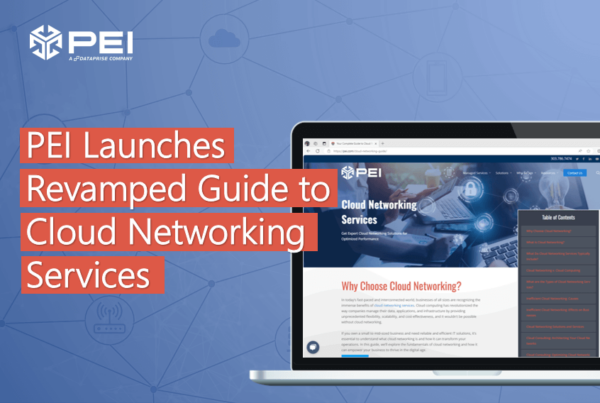Software Licensing Management: Protecting your IT Assets
Managing software effectively means treating it as a high value business asset. However, managing software assets can be difficult for two primary reasons: the increasing complexity of licensing and the lack of adequate software asset management tools. According to IDC, 33% of software customers in medium and large companies now manage more than 70 software contracts. Managing multiple software contracts requires constant negotiations as different licenses require renewal at different times.
There are a variety of software acquisition methods and license types which differ from vendor to vendor and even department to department. These include software pre-loaded on computers, software downloaded via the Internet, volume purchases made directly from publishers or through resellers and hosted applications. Further complicating matters, licensing may also include multi-user software with enterprise, transaction, processor, concurrent user, or named user constraints. Given these options and variables, it’s no wonder that 70% of customers surveyed by IDC say the complexity of managing software contracts has increased in the past year.
Until recently, effective software asset management tools that streamline management and prevent misuse have not been available. The resulting lack of visibility into how, when, and by whom software is being used causes enterprises to over-license some applications and under-license others. Faced with ongoing budget constraints, corporations increasingly recognize the value of software asset management.
Pitfalls of Software Mismanagement
Managing software assets effectively means minimizing costs while providing sufficient capacity and flexibility to meet business requirements. While most managers understand how to manage physical assets, 67% of companies polled noted that they do not track their software usage. Few know how to manage software licenses as business assets, despite the fact that they may be responsible for tracking millions of dollars worth of software products.
Because IT managers lack visibility into actual software usage, they frequently overestimate or underestimate their software needs in their efforts to balance cost control and end-user productivity. These mistakes can significantly impact the profitability of the entire enterprise, as the following scenarios show.
Excess licenses (“shelfware”). To ensure that users have access to all the software they need, IT managers routinely buy more licenses than their organizations actually require. This eliminates denial-of-service problems, as in situations where a user tries to access a license to a particular application but is “denied” access because other users have already checked out available licenses. But it also increases software costs and lowers corporate profits-not an acceptable outcome for most businesses.
Insufficient licenses. To contain software costs, managers may purchase too few licenses. This often results in denial of service when end-users need access to applications. Although this approach cuts software expenses up front, it can create productivity problems that cause delays and erode profitability, as is the case when a product arrives late to market. Again, this is not a good outcome for most businesses.
Excess and insufficient licenses. Sometimes a software application is over-licensed by one department and under-licensed by another within the same organization. Sharing licenses would save costs and promote productivity, but most managers have only a limited, local view of their software assets, making it difficult to identify, let alone resolve, these kinds of allocation issues.
Simply stated, volume licensing of software makes it easier and more affordable to run software on multiple computers within a single purchasing organization. Software publishers such as Microsoft feature volume licensing programs that can save your organization money. Microsoft offers many different volume licensing programs and choosing the correct Microsoft Volume Licensing program can be difficult and overwhelming at times.
PEI has partnered with SoftwareONE in order to offer you the best options for your volume licensing needs. With the upcoming release of Microsoft Office 2010 and SharePoint 2010, now is the time to start thinking about software licensing. PEI and SoftwareONE can help you maximize the value of your volume licensing agreement in the following ways:
- Options to buy or subscribe to Microsoft software
- Up to 25% or more savings
- Reduce up-front expenses by spreading payments over three years
- Gain access to new software versions, training and support
- License protection with electronic licenses that cannot be lost
Contact us today for a complementary PEI and Software One volume licensing analysis. We will take a look at your current IT environment, along with your future IT plans and help map out the best licensing agreement for your organization.
To learn more, contact info@pei.com or call 303-786-7474.




